Deep in the annals of Estonian folklore lies a figure of immense strength, courage, and legendary prowess—Kalevipoeg, the colossal hero of Estonia’s national epic. This mythological character is woven into the fabric of Estonian culture, embodying the essence of bravery and resilience that resonates through generations.
The Epic of Kalevipoeg
At the heart of Estonian folklore stands the epic poem “Kalevipoeg” (Son of Kalev), an enduring saga recounting the life, adventures, and heroic exploits of Kalevipoeg. Penned by Friedrich Reinhold Kreutzwald in the 19th century, this epic represents a tapestry of myth, history, and imagination deeply ingrained in Estonian identity.
Kalevipoeg emerges as a colossal and virtuous figure, born to the ancient hero Kalev and the enchantress Linda. His journey begins with trials and tribulations, from his birth in a meadow to his ascent as the mighty hero of Estonia. Endowed with prodigious strength and bravery, Kalevipoeg embarks on a series of heroic quests, facing supernatural creatures, treacherous foes, and undertaking monumental tasks that shape the mythical landscape of Estonia.
The Hero’s Feats and Adventures
The narrative of “Kalevipoeg” is a mosaic of breathtaking adventures, each episode unveiling the hero’s extraordinary abilities and his unwavering dedication to his land and people. From battling ferocious beasts to forging rivers and constructing majestic cities, Kalevipoeg’s exploits are intertwined with the Estonian landscape, leaving an indelible mark on the nation’s folklore.
One of the most renowned episodes recounts his quest for the magical sword. Facing myriad challenges and trials, he retrieves the sword from the depths of a mystical lake, a symbol of his indomitable spirit and determination.
The Symbolism of Kalevipoeg
Kalevipoeg embodies more than mere physical strength; he represents the resilience and fortitude of the Estonian people in the face of adversity. His character encapsulates the virtues of courage, perseverance, and the unwavering pursuit of justice—a beacon of inspiration for generations past and present.
Beyond his heroic deeds, Kalevipoeg’s story resonates as an allegory of the Estonian struggle for independence and national identity. His adventures serve as a metaphor for the trials and triumphs of the Estonian people, nurturing a collective spirit that transcends time and connects the past with the present.
Legacy and Cultural Significance
The legacy of Kalevipoeg extends far beyond the pages of folklore. He is a symbol of national pride and unity, revered in Estonian literature, art, and cultural expressions. His epic tale continues to captivate audiences, fostering a sense of belonging and cultural heritage among Estonians worldwide.
Each retelling of the “Kalevipoeg” epic reinforces its significance, preserving the rich tapestry of Estonian folklore. Festivals, performances, and artistic renditions keep the hero’s legend alive, ensuring that his story endures for generations to come.
In the heart of Estonia’s cultural heritage stands Kalevipoeg, the indomitable hero whose saga embodies the strength, resilience, and enduring spirit of a nation. As long as the epic echoes through time, the legacy of Kalevipoeg will remain an integral part of Estonia’s cultural mosaic—a testament to the power of myth and the triumph of the human spirit.
Animation by School Children
Top image: Illustration of Kalevipoeg by Oskar Kallis, 1914
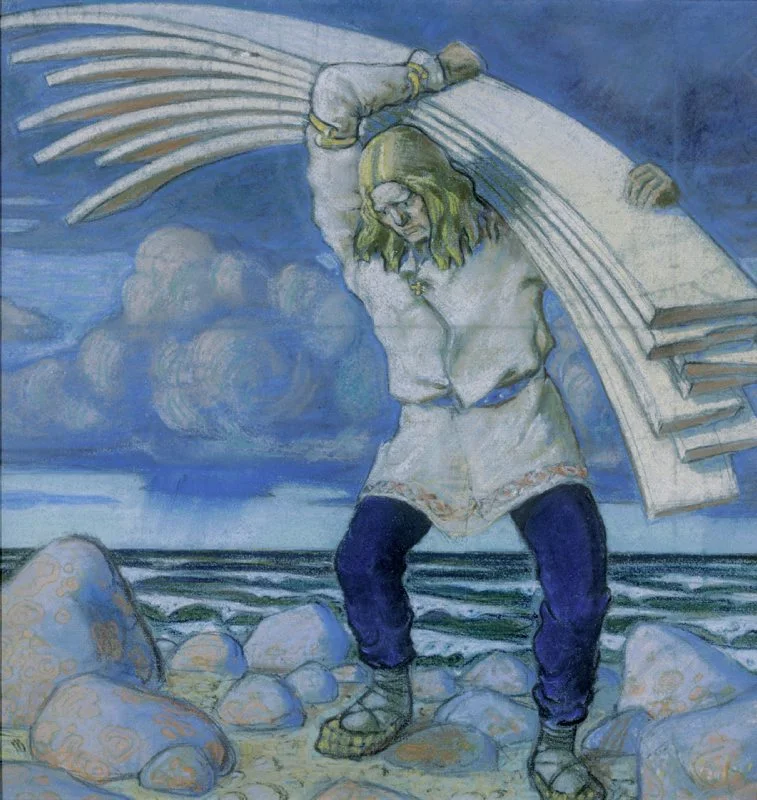
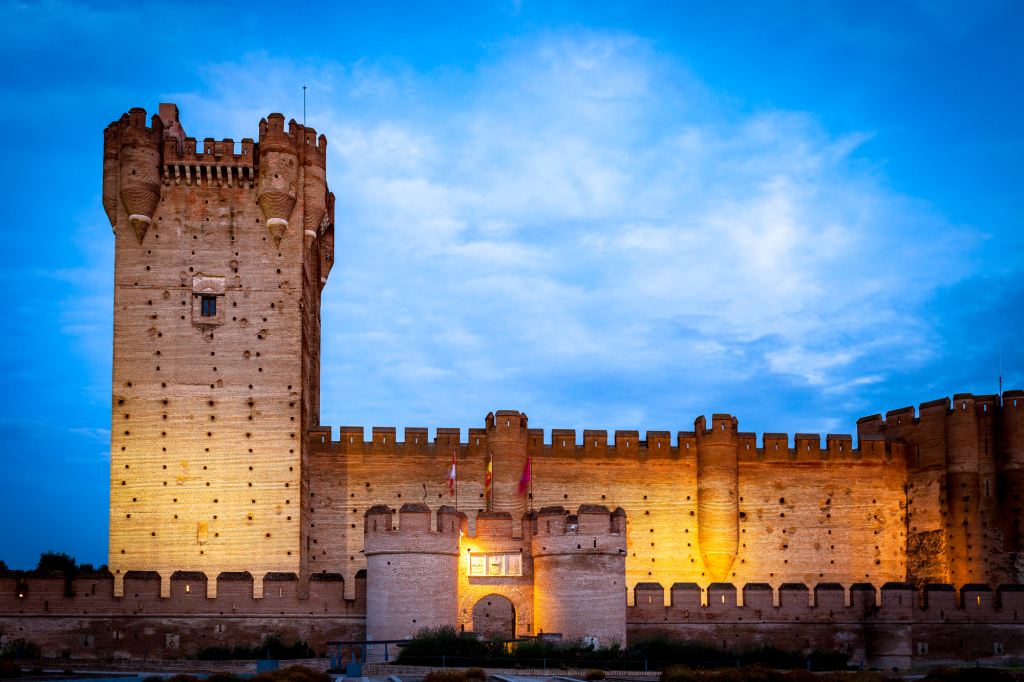
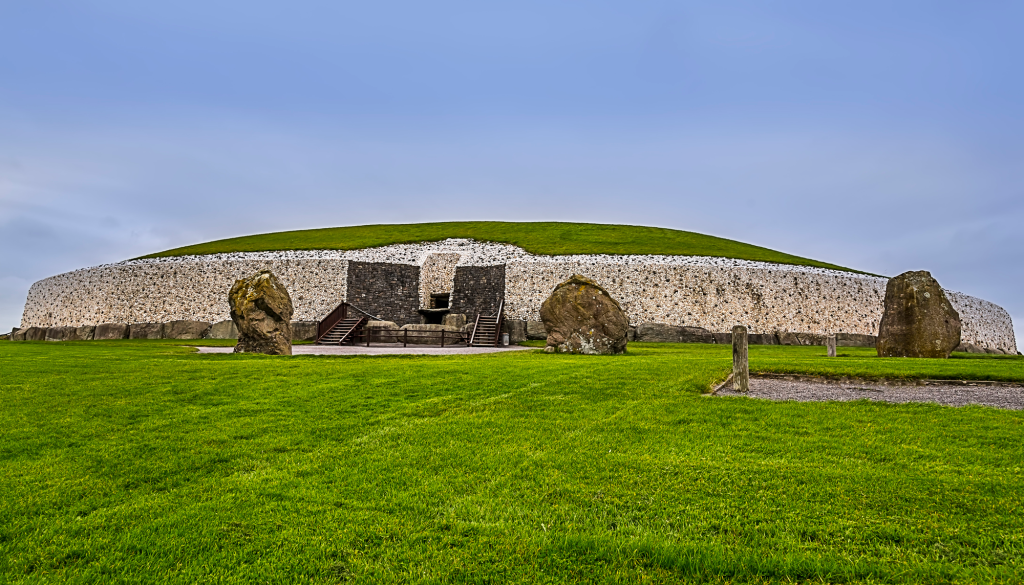
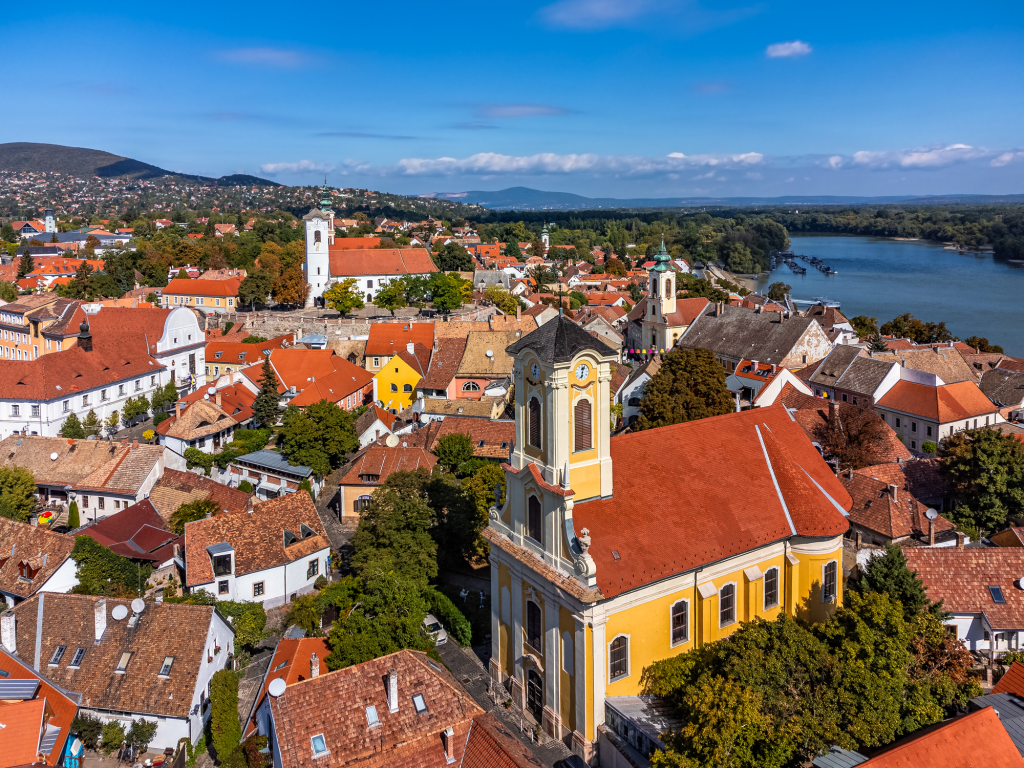
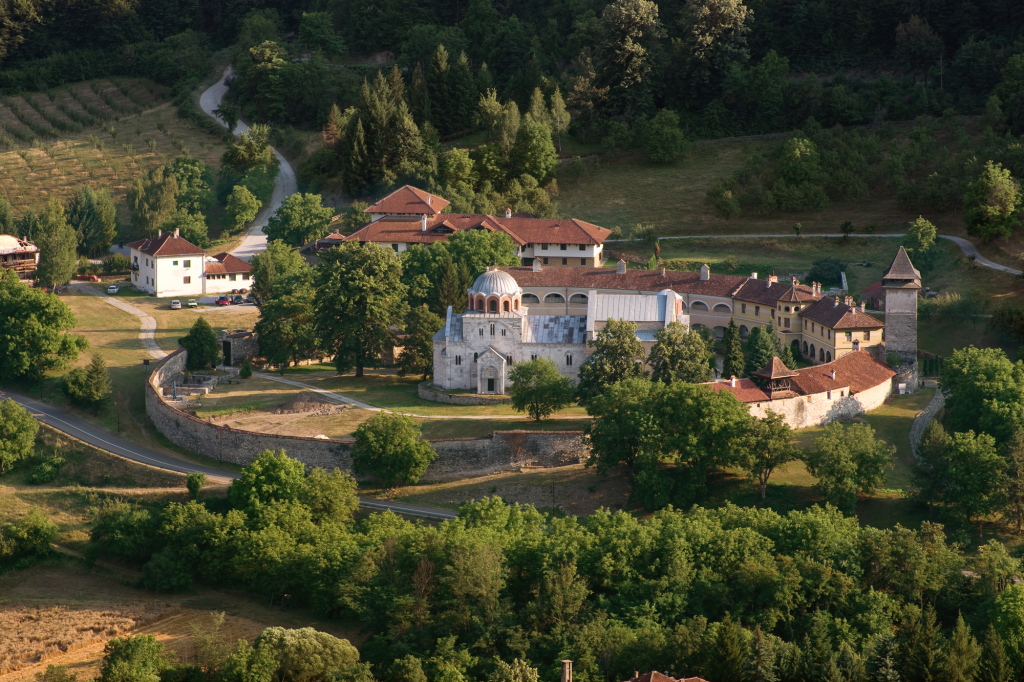
Leave a comment